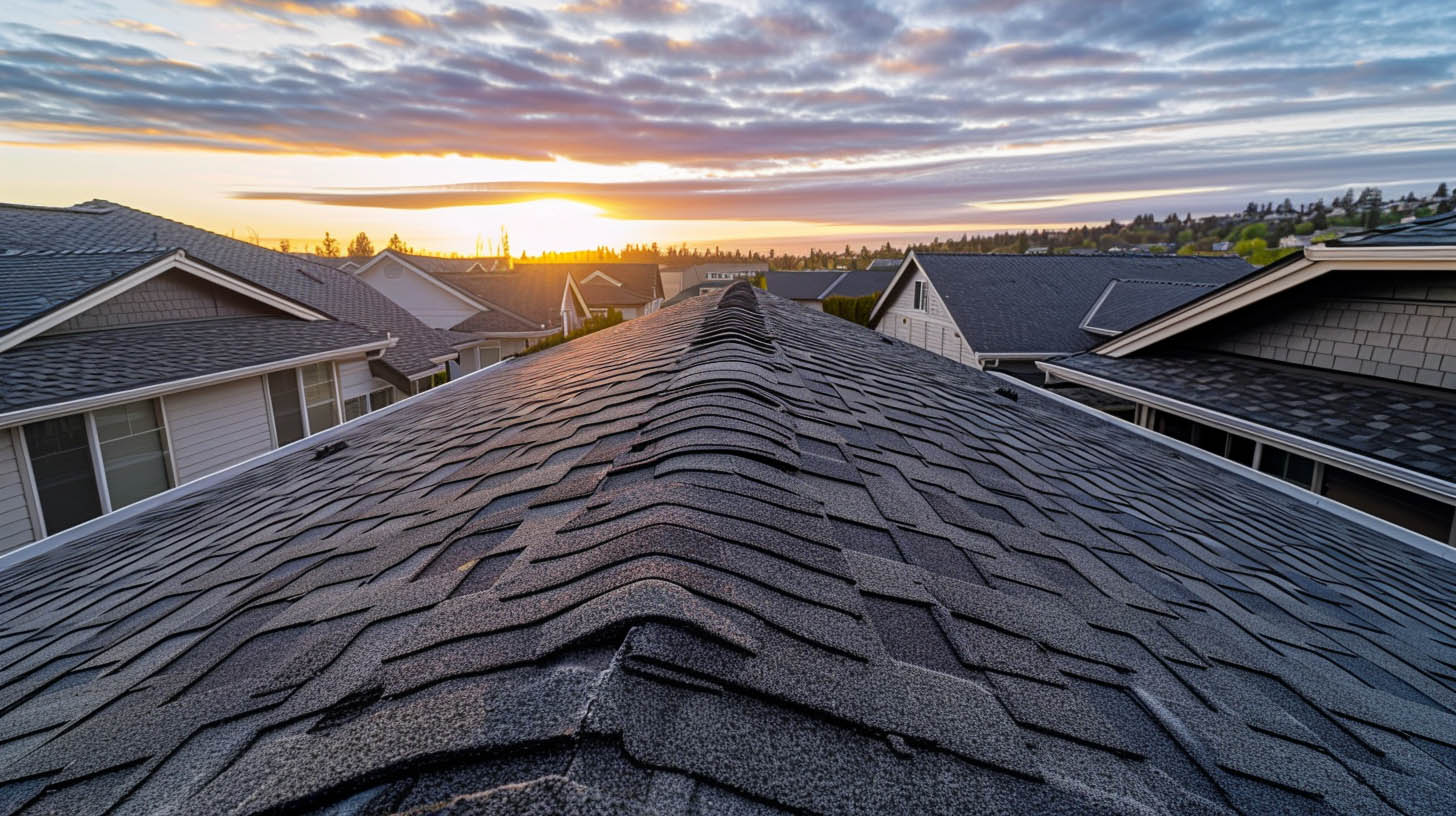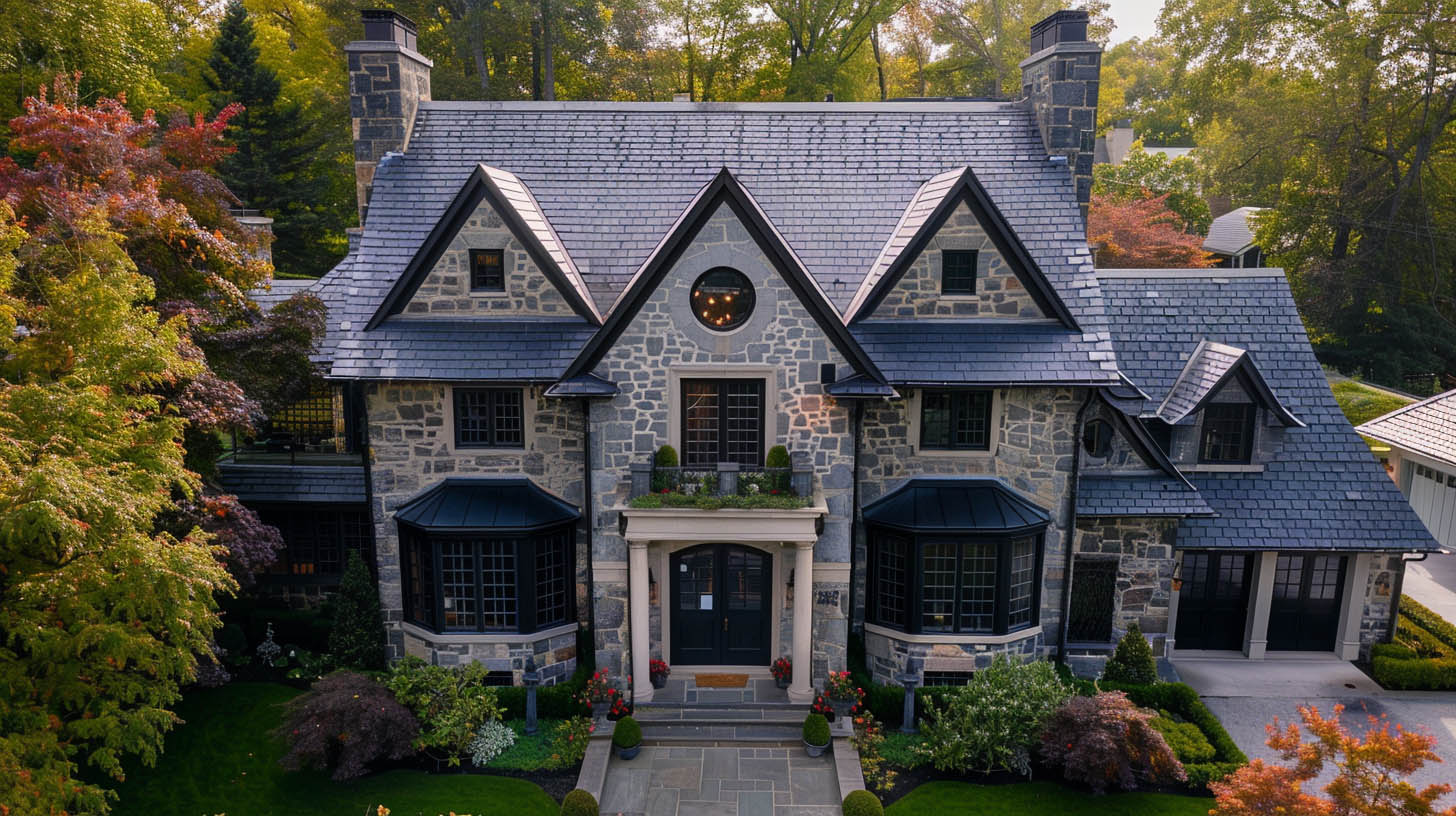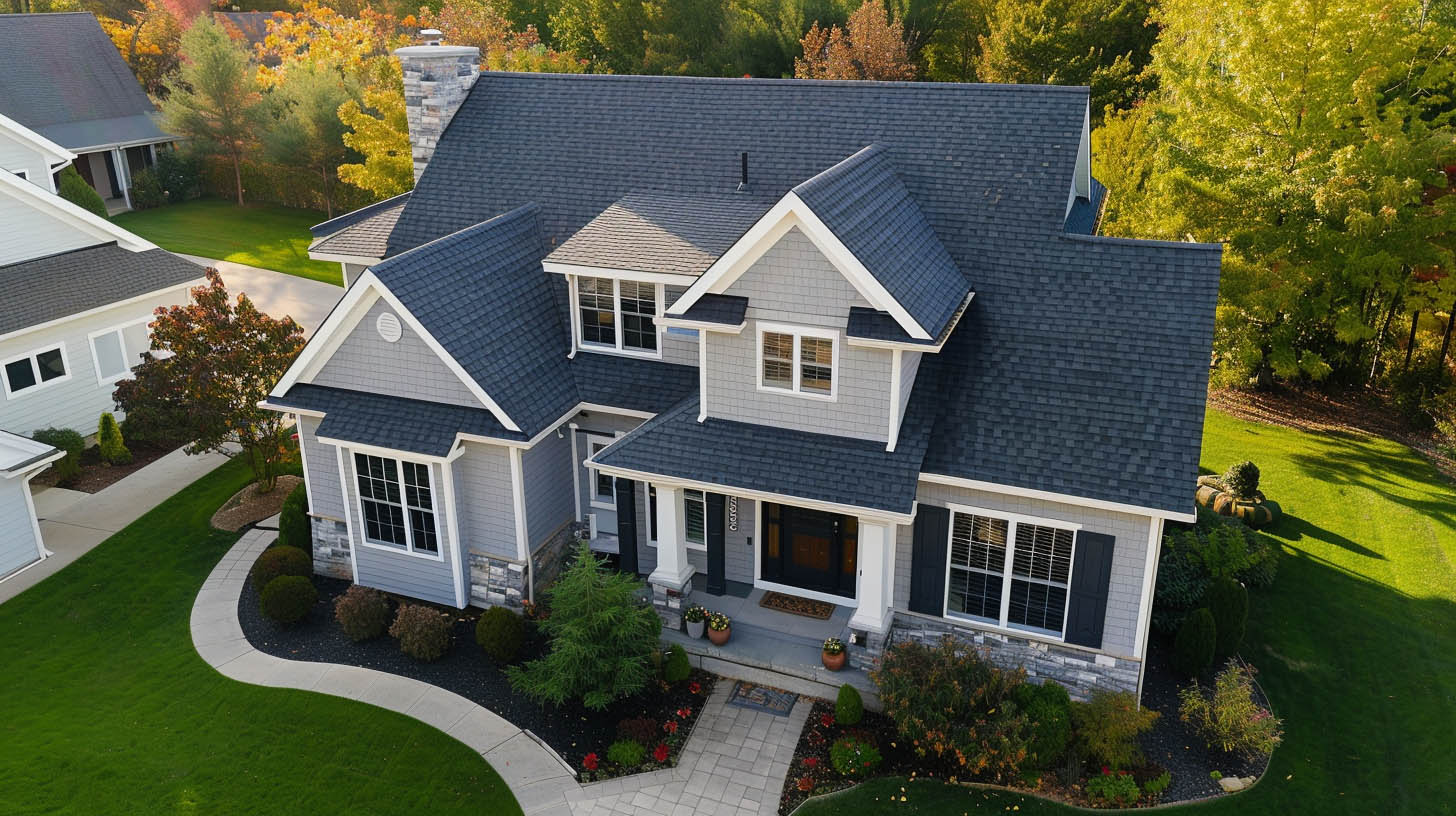
The Essential Functions of Roof Substrate
- Structural Support and Integrity
- Moisture Barrier and Protection
- Energy Efficiency and Thermal Insulation
- Anchorage for Roofing Materials
Diverse Materials of Roof Substrate
Various materials can serve as the substrate, each chosen based on the roof type, architectural design, and local building codes. Commonly utilized materials include:- Plywood and Oriented Strand Board (OSB): Both materials are popular for their strength, affordability, and straightforward installation process. While plywood is known for its robustness and cost-effectiveness, OSB offers enhanced moisture resistance and strength due to its engineered composition.
- Decking Boards: Traditional homes may employ tongue-and-groove decking boards as the substrate. These boards provide a classic aesthetic and sturdy support for the roofing materials.
- Metal Decking: Primarily found in commercial and industrial settings, metal decking offers unparalleled support for extensive roofing systems, owing to its strength and durability.
The Indispensable Role of Roof Substrate
A robust and well-maintained roof substrate is essential for several reasons:- It ensures the roof’s overall stability and longevity.
- It acts as a critical barrier against moisture intrusion and leaks.
- It plays a significant role in the thermal efficiency and insulation of the property.
- It provides a dependable foundation for the attachment of roofing materials.


